1. Have a defined chromatic range
That is, have more than two corporate colors but no more than six. They can include black and white if your brand personality requires it. And I’m not talking about the colors of the logo, I’m talking about the color palette you use in your social networks, on your website or in your catalogs.
By selecting more than one color you can have more visual richness when choosing the props for your photos, your web banners or backgrounds for your stories. I always recommend choosing within this palette the main color, the one that everyone remembers you by, and give it more prominence and that the branding works, either because of the color of the logo or because the large masses of color are made with this and so we will be remembered with this color.
2. Responsive logo
Does your logo have several versions? I mean, do you use the same logo for your Instagram profile, your website and your cards? A few years ago, a logo was designed and it was almost always applied to one or two supports at the most, so it was not necessary to make many versions of it. But nowadays and with all the media we can create, it is essential to have several versions of the same logo, even Coca Cola has it! This is called responsive logo.
Many times the original logo where the full name appears may not be readable in the Instagram or Twitter profile, or even less in the favicon of your website, so size variations are made to make the branding work. Here we can see the most famous and cool responsive logos.
In Graffica you can find an article about responsive logos.
3. Correct legibility
And in relation to the previous point. When the reduction is not good we can lose legibility. This often happens when the typeface we have chosen has a very fine line or, for example, we have used a calligraphic typeface. Be careful with these typefaces!
I love them, but you have to choose them well and know that legibility is very important for the branding to work. How many times have you come across logos that you do not understand very well what it says? This is because there may be too much separation between letters or the line is too slanted and blurred when enlarged…
You must keep this point in mind when choosing a typeface of this family and ask people if they understand the name of your company well.
4. Uses of typography
We continue with typography. It is very important to differentiate the typography you use for your logo with the corporate typography. In many cases it can be the same, but in many others I recommend choosing a different typography from the logo. Especially, in cases where the typography has some special character and when it comes to layout complete texts with this typography it is very difficult to read.
Also keep in mind that when you create your website the limitation of online fonts is greater so you may find that the font with which you made your logo is not within the catalog of fonts for web.
5. Selection of Photographs
Last but not least are the photographs. I am always fascinated when I see how the big brands take care of the images down to the smallest detail. For example, if the main color is forest green, when they make their photographs or videos there is always a very subtle way this color, either with a leaf, with the stripes of the shirt, a pair of glasses, etc.
And this is what I recommend, whether you do the photos DIY or from an image bank always try to look for objects or props that have the colors of your brand. This will help create a much more solid and connected identity. It will also help your feed to be much more coherent. And if you take the pictures yourself, I recommend that the light is natural and the object you want to show is well lit.
Let me know in the comments if you meet all the requirements or if you think you could improve any of them to make your branding work. As they say, the first step is to realize the problem, then it’s just a matter of finding a solution.
I hope you liked it!

